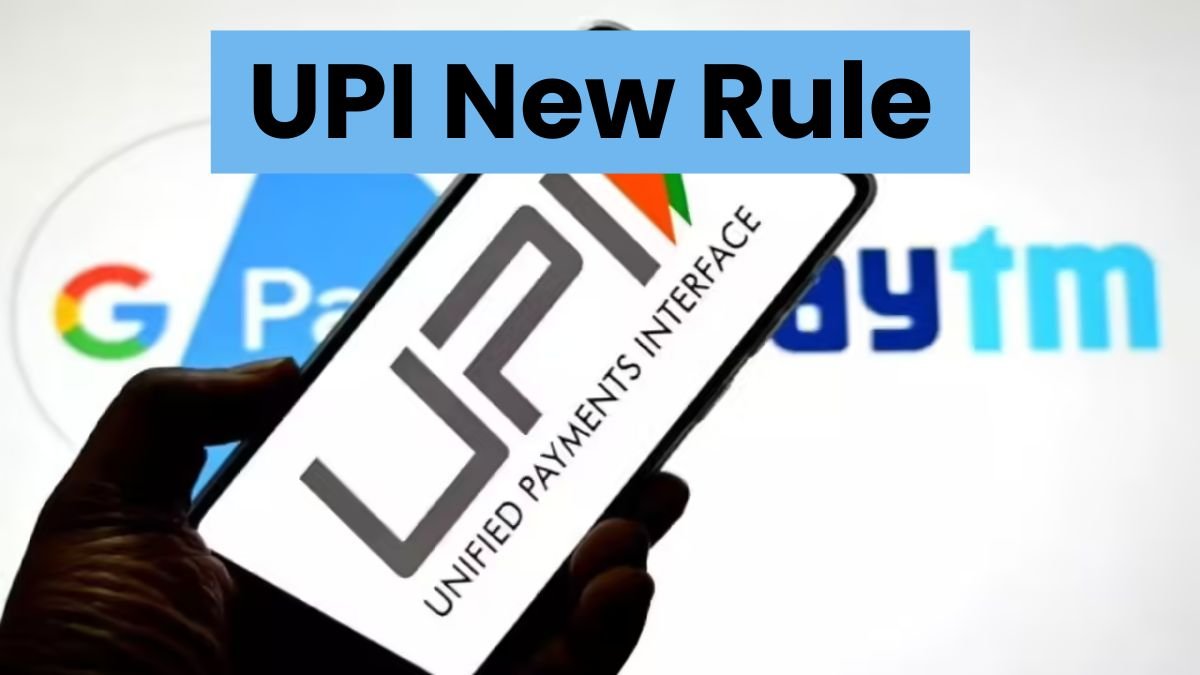If you use UPI daily — whether it’s for your morning chai, grocery run, or paying tuition fees — there’s something big you should know. The National Payments Corporation of India (NPCI) has rolled out a new UPI rule for 2025, and it’s going to impact how millions of us make digital payments.
Here’s the thing: India now processes over 12 billion UPI transactions every month through apps like PhonePe, Google Pay, Paytm, and Amazon Pay. That’s mind-blowing scale — but it also means new challenges in keeping the system efficient, secure, and sustainable. The 2025 update is designed to do exactly that.
What’s Changing Under the New UPI Rule 2025?
Think of it as a “fine-tuning” of the system rather than a complete overhaul. The goal is to make sure UPI continues to grow without slowing down or breaking under pressure.
Here’s what’s new:
- Transaction Limits:
- Regular users can still send up to ₹1 lakh per day — no changes there.
- For education and healthcare payments, the limit now jumps to ₹5 lakh per transaction, which is great news if you’re paying college fees or hospital bills.
- Wallet-based payments get their own limit — up to ₹2 lakh, depending on your provider’s policy.
- Wallet Linking:
Starting 2025, you can link your digital wallet (like Paytm, PhonePe, or GPay Wallet) directly with your UPI app. This means faster, smoother payments — especially for online shopping or subscriptions. - Small Wallet Fee:
Now, this part is important. Certain merchant payments made through wallet-linked UPI IDs may include a small fee between 1.1% and 1.5%.- These charges don’t apply to normal bank-to-bank transfers.
- They’re mostly for business or large-value transactions done through wallets, not personal transfers.
Why These Changes Matter
Let’s be honest — India’s digital payment ecosystem has exploded faster than anyone expected. And while free UPI transfers are great for users, the backend system (banks, NPCI, payment apps) bears heavy operational costs.
The new structure aims to:
- Keep UPI free for ordinary users
- Make merchant payments sustainable with small fees
- Improve fraud detection by tracking high-value transactions better
- Ensure faster settlements between banks and apps
In short, it’s about building a future-proof UPI that can handle billions more transactions without breaking down.
What Does This Mean for You?
If you’re an everyday UPI user who transfers money between bank accounts — relax. Nothing changes for you. Your UPI payments remain free, quick, and unlimited within the ₹1 lakh daily cap.
But if you run a small business or accept payments through a wallet-linked UPI, you might start seeing small deductions depending on the transaction type and amount. The idea isn’t to burden you — it’s to make the system more reliable in the long run.
A Step Toward a Smarter Digital Future
I’ve seen UPI evolve from being “just another payment option” to becoming the backbone of India’s cashless economy. This update is the next step — one that balances convenience with accountability.
It’s not about restrictions; it’s about keeping the system healthy, fair, and ready for the next wave of digital users.
So, the next time you tap to pay — remember, the UPI you’re using has quietly become smarter, safer, and more future-ready.
Frequently Asked Questions
1. What is the new UPI transaction limit for 2025?
Regular users can send up to ₹1 lakh per day, while payments for education and healthcare can go up to ₹5 lakh per transaction.
2. Will UPI still be free for users?
Yes. Peer-to-peer bank transfers remain completely free. Small fees apply only to wallet-linked merchant transactions.
3. What’s the new wallet fee under UPI 2025?
A small fee between 1.1% and 1.5% may apply to wallet-based payments above ₹2,000, depending on the merchant category.
4. When will the new UPI rule take effect?
Implementation begins gradually across UPI platforms starting early 2025.
